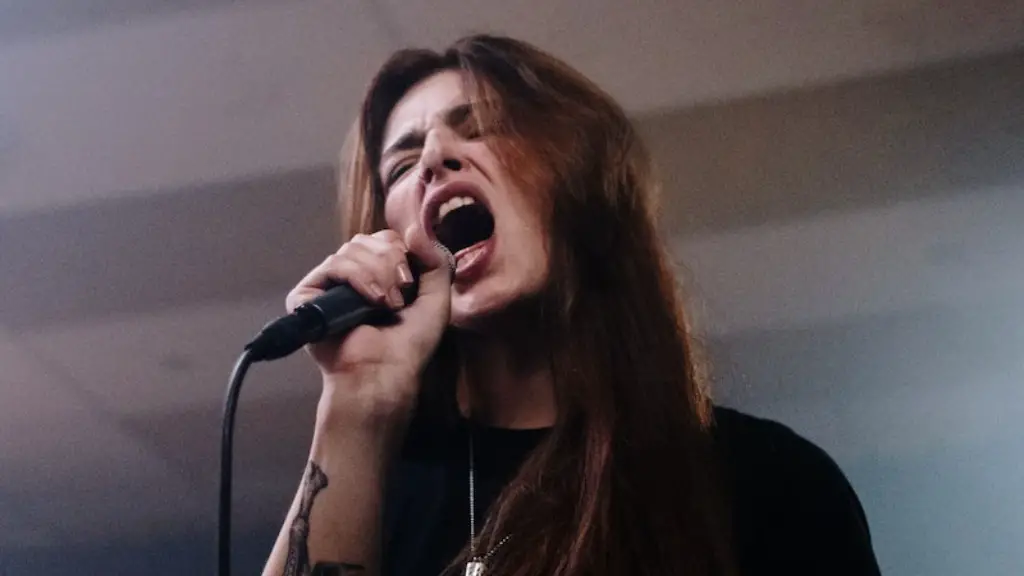How To Draw Rivers
Creating a beautiful, natural landscape with rivers can be a tricky task. But don’t let that intimidate you – it’s much easier than it looks! Using a few simple techniques, you’ll be able to draw rivers that look realistic, vibrant, and gorgeous.
First, you’ll want to figure out how you want the rivers to look. Take some time to sketch out their shape and size beforehand so that you have a clear goal for what you’re striving for. Don’t be afraid to mix up the shapes and sizes – wild, chaotic rivers are some of the most gorgeous to look at to create stunningly realistic scenes.
Next, make sure to pay attention to the overall proportions of the rivers. Aim for long, meandering ones with gradual curves, rather than short, straight ones. That’ll help create a much more natural look.
You’ll also want to add in a variety of colors to help bring your rivers to life. Look at multiple photos of varying rivers and see which colors you like best. Then try to recreate those colors in your drawing – but don’t be afraid to get creative and add your own unique touches.
Finally, it’s important to pay attention to the details of your river. Smaller streams and tributaries should fade out gradually, while larger rivers should be darker at the edges and lighter in the center. The same goes with the colors – make sure they get darker towards the edges and lighter in the center.
Adding Texture and Depth to Your Rivers
You can take your rivers from good to great with a few simple techniques for adding texture and depth. The key is making sure your rivers look like they’re truly part of their own environment.
First, use shading and lighting to create a more three-dimensional effect. Move the point of light around, experimenting with different angles, and use shadows to create movement within the river.
You can also add texture by varying the line width. Use a light touch when needed and increase pressure when the river is supposed to be more turbulent. This will help your river really pop and give it some life.
Finally, don’t forget to add little details. Small rocks, subtle ripples, and other small elements can help bring your river to life and make it look realistic, vibrant, and beautiful.
Applying Finishing Touches to Your Rivers
Now that you’ve added texture and depth to your rivers, it’s time to really bring them to life.
A great way to do this is to add reflections from overhead clouds and other elements. Just like the real world, this will help your rivers look like they’re truly part of an environment.
When it comes to reflections, make sure to pay attention to the color that’s being reflected. Water reflects whatever color is in the sky, so make sure to make any necessary adjustments.
Now let’s talk about lines. The key is to make them look as natural as possible. Don’t worry too much about making them perfectly straight, jagged lines can be just as beautiful.
Finally, don’t forget to add the foliage. Trees, bushes, rocks – all of these elements work together to truly make the painting feel like a complete, believable landscape.
Bringing Your River Scene to Life
Now it’s time to bring your river scene to life. The best way to do this is to add lighting and atmosphere.
The key is to experiment with different techniques to see what looks best. You can try adding fog or haze, or even use a muted palette to create a more realistic atmosphere.
You can also add light and shadow to help create a sense of depth in your painting. Experiment with the different angles of light and shadows to find the best result.
Now, let’s talk about weather. Everything from rain to snow to fog can drastically change the atmosphere of a painting. Take into account the type of environment you’re trying to create and add weather accordingly to make it feel more alive.
Finally, don’t be afraid to experiment. Make adjustments on the fly and make sure you’re happy with the result. When it comes to visual art, nothing is ever truly finished – it’s all about trial and error.

